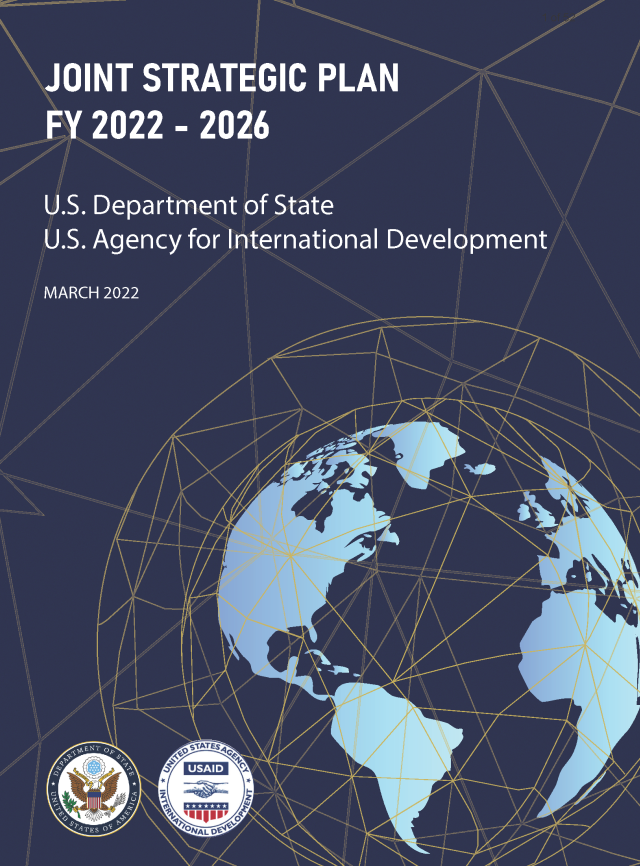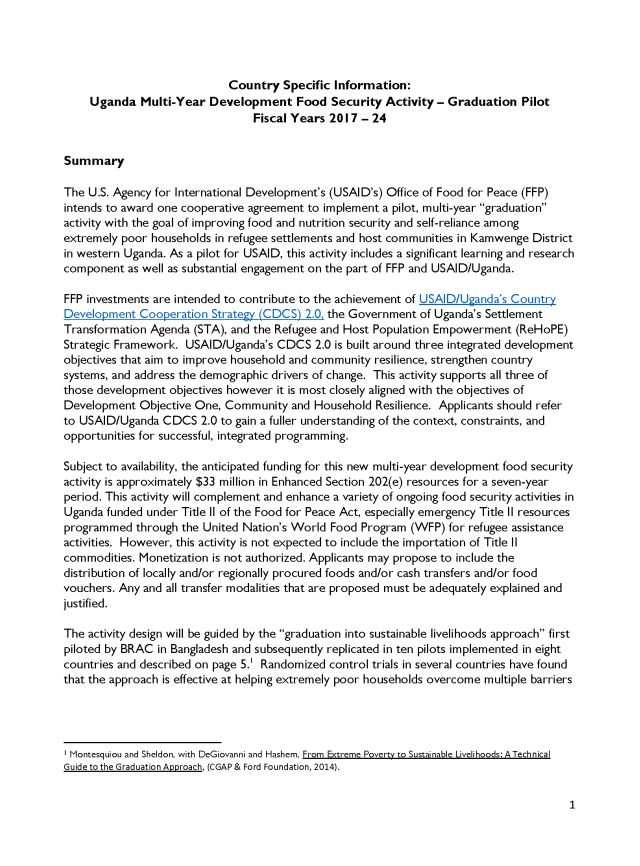
Humanitarian-Development-Peace Coherence
A curated collection of resources related to humanitarian-development-peace coherence in programming.

About this Collection
In light of the recently published USAID note on Programming Considerations for Humanitarian-Development-Peace Coherence: A Note for USAID's Implementing Partners (disponible en français), this collection of tools, articles, case studies, webinar recordings, and more facilitates the comprehension of humanitarian-development-peace (HDP) coherence in theory and practice. It provides valuable resources that showcase practical examples of how USAID's seven HDP programming principles are operationalized. Explore these resources developed by the food security community and curated by IDEAL.
Understanding HDP Coherence Humanitarian Principles Joint Planning
Communication, Coordination, and Learning Sequence, Layer, and Integrate
Shock Responsive and Data-Driven Adaptive Management
Conflict Sensitivity and Peacebuilding Local Partners and Systems
Understanding HDP Coherence
Resources in this section provide an overarching summary for understanding HDP coherence.
Principle 1: Humanitarian Principles
Humanity, neutrality, impartiality, and independence all define humanitarian standards. Understanding humanitarian principles is essential to successful programming and development, as it informs and drives every aspect of humanitarian response and guides development actors to implement programs that adhere to humanitarian assistance effectively.
Principle 2: Joint Planning
Joint planning and seeking a common agenda means sharing a strategic vision, collective theory of change, collaborative and coordinated analysis approaches, sharing objectives, and a clear purpose are fundamental for impactful and coherent programming.
Principle 3: Communication, Coordination, and Learning
Fostering open and consistent dialogue across teams, leveraging internal and external coordination structures, and using collaborating, learning, and adapting (CLA) approaches and tools promotes an "HDP-friendly" culture that translates into effective and impactful programming.
Principle 4: Sequence, Layer, and Integrate
Sequencing, layering, and integration is an approach that combines humanitarian and development assistance to promote practical, resilient, and cohesive HDP programs.
Principle 5: Shock Responsive and Data-Driven Adaptive Management
Adopting adaptive management approaches, anticipation and action on the changes in the environment, organizations' internal and external collaboration to link across HDP actors, and strategic thinking through staffing and expertise across humanitarian and development assistance is critical to effective HDP coherent programming.
Principle 6: Conflict Sensitivity and Peacebuilding
Conducting conflict analysis, understanding conflict-sensitive principles, integrating peacebuilding initiatives into the HDP nexus while promoting conflict integration, and willingness to question the goals of sectoral interventions are critical to successful and effective HDP programming.
Principle 7: Local Partners and Systems
Achieving HDP coherence in programming requires partners' reinforcing and engaging local systems and communities through conducting assessments and analyses of local systems to inform partnerships and capacity-strengthening needs.






















